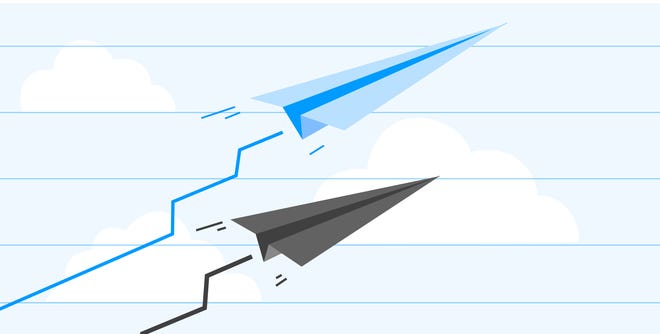Forecasters have become so confident of a soft landing for the U.S. economy they’re already unbuckling their seat belts.
But reports the past week or two, combined with other red flags, are revealing signs of turbulence. For their safety and comfort, economists – not to mention consumers and financial markets – might at least want to keep their seat belts loosely fastened.
In plainer English, the Federal Reserve may well notch a rare soft landing, with its sharp interest rate hikes since early 2022 slowing the economy enough to bring down inflation without triggering a recession. But there’s still a real risk of a downturn, and the final approach may be bumpy.

“You are beginning to see signs of stress,” says Troy Ludtka, senior U.S. economist at SMBC Nikko Securities. “Our call is that there will be a recession.”
JPMorgan Chase CEO Jamie Dimon told Fox Business Network last week, “I’m a little skeptical in this kind of Goldilocks kind of scenario,” referring to moderate growth and low inflation. “It might be a mild recession or heavy recession.”
Why is a soft landing possible?
There’s been ample cause for optimism over the past couple of months. Inflation has eased substantially, notwithstanding an uptick in December. Despite the historic spike in interest rates, consumer spending, which makes up 70% of economic activity, and job growth have continued to grow solidly.
And the Fed said it’s likely done hiking rates and forecast three rate cuts this year,…


























































